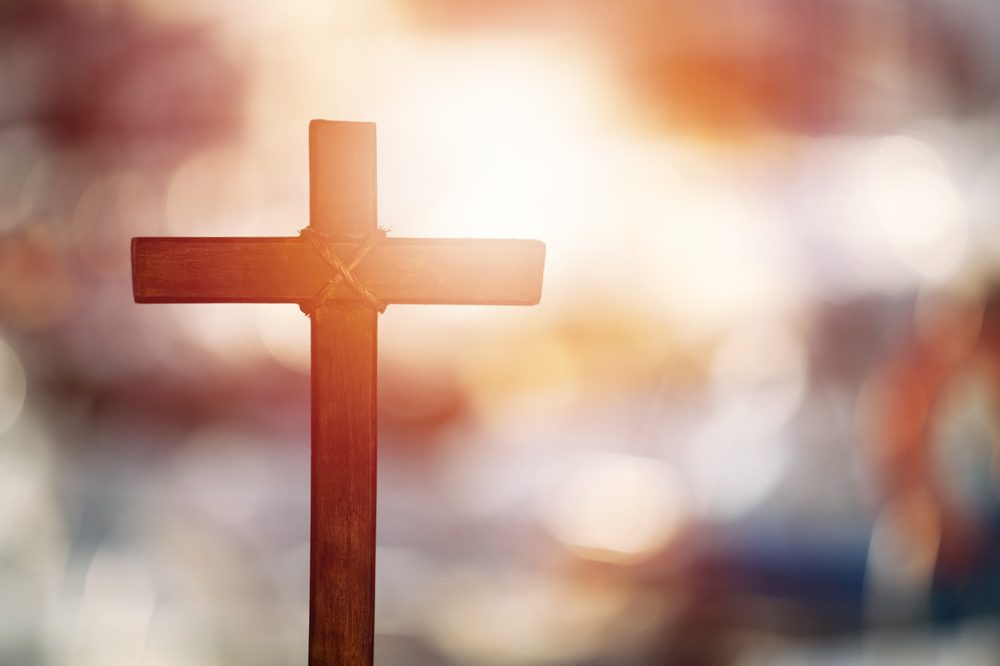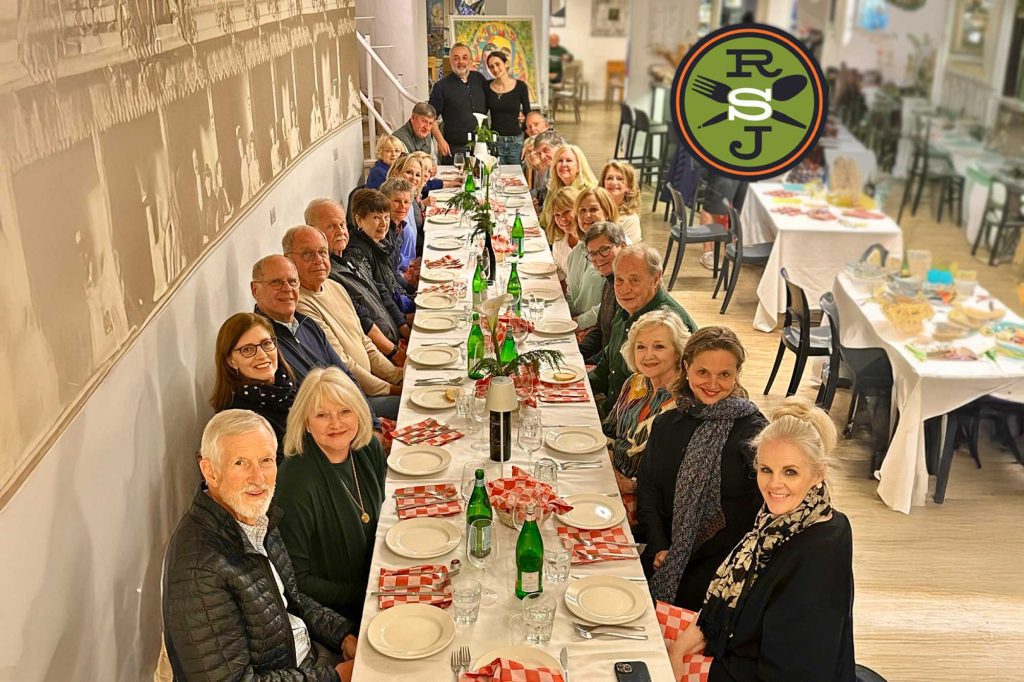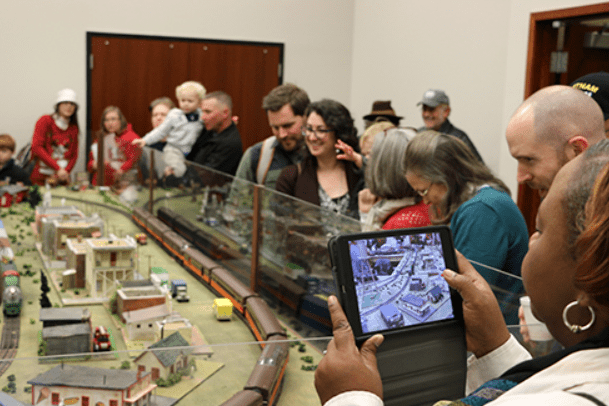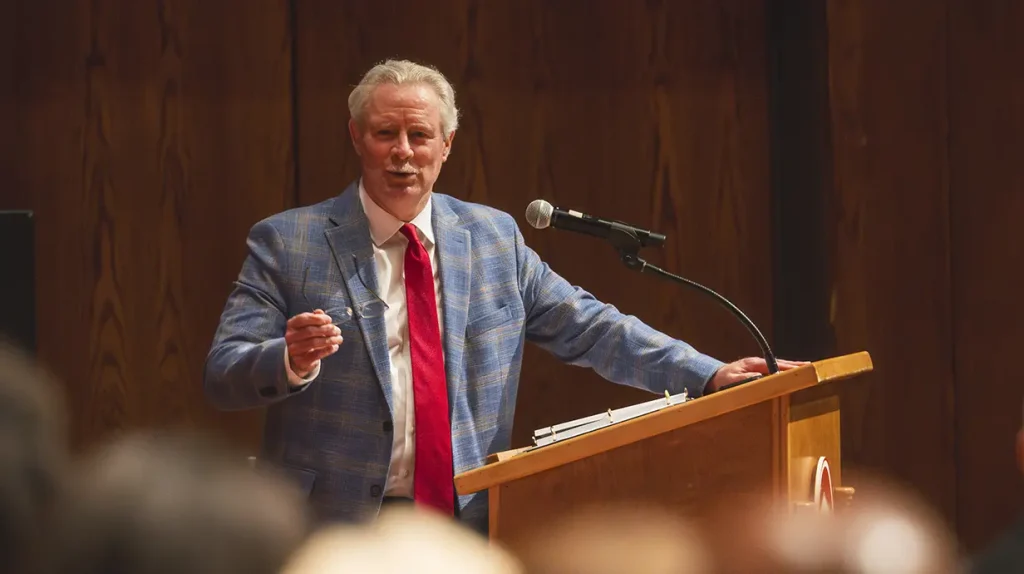
Clarence Jordan was once explaining to a Georgia farmer about why his Christian community was…different. Part of that difference was how they “fought” in times of adversity.
Jordan pointed to a mule and offered a scenario. What if the farmer approached the mule kindly, but the mule bent over and bit him in the britches—how would he react?
“Well,” replied the farmer, “I would grab a two-by-four and smack that mule in the head!”
“Why not just bite him back?” Jordan countered. “Because I ain’t no mule!” Exclaimed the farmer.
Exactly, responded Jordan. And if a lion comes at you in the jungle with tooth and claw, only a fool would attack it the same way. You’ll lose for sure.
By extension, when the world comes after you with hate, don’t respond in kind. You’d better have a better weapon in mind.
For the Christian, Scripture seems to teach, that weapon is a cross.
But that Cross only makes ultimate sense as it leads to the Resurrection. Jesus atoned for our sins on the cross, but he didn’t stay there, and the Tomb was no match for the Triune God.
Crosses come in many forms, but they can be endured when you have faith that resurrection is coming. That has been the Christian witness through many centuries.
Confronted with oppression by Roman emperors like Nero, Domitian, Trajan, Decius, and Diocletian, who burned, imprisoned, beat, and killed believers in the early Roman era of Christianity; the much more recent massacre of Christians by Boko Haram; or the persecution of Chinese house churches—in the best instances, believers have not responded not with brutality, but with the Cross and the Resurrection in view.
Paul, writing to the house church in Colossae, said that Jesus used the cross to “disarm the rulers and authorities and put them to open shame, by triumphing over them in him.”
In an absolutely counter-intuitive scheme, Jesus uses the very symbol of defeat, shame, pure evil and, voila, drains it of its power. There are forms of martial art, as athletes know, that uses the seeming strength of the opponent against the opponent by turning the force of movement against itself. Ultimately, that’s the jujitsu of the Cross.
We are not sure where crucifixion as a form of state terror and intimidation came from. It is possibly the Persians began the heinous form of torture and death (and, earlier, perhaps the Assyrians and Babylonians) but when the Romans saw it, they mastered it for the benefit of supreme fear for rebels and troublemakers and applied it to thousands and perhaps tens of thousands before what we celebrate today as Good Friday.
Here is the point. Thousands died on a cross in the years surrounding Jesus. Lots of them were buried in common graves, and some were placed in tombs.
But only one rose to life from their place of crucifixion and death, just as He predicted He would. And that is the One we celebrate on our Resurrection Sunday.
Little wonder the cross and the empty tomb have become the leading “weapons” of our faith. With them, we can’t lose.









